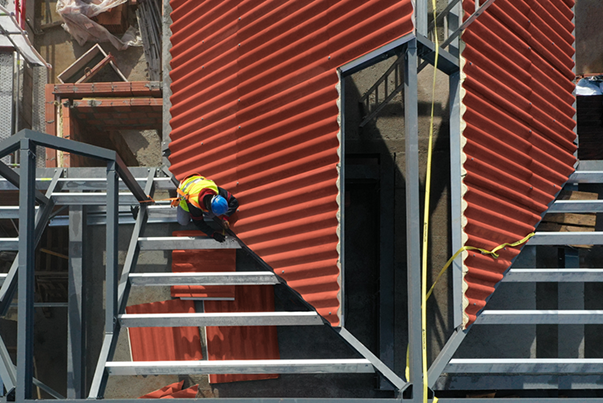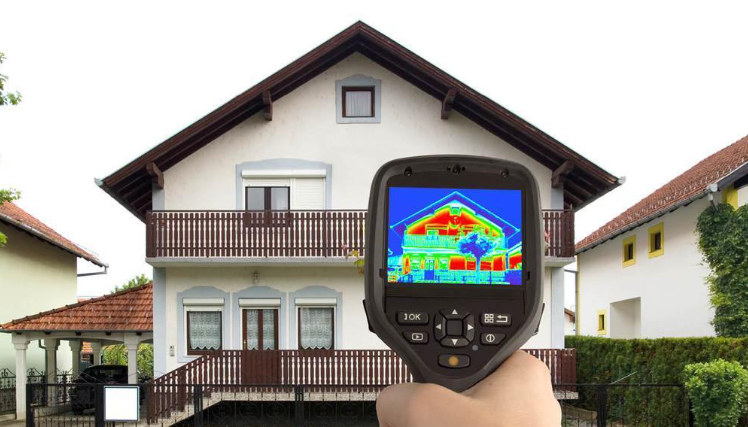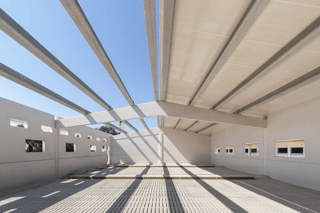Sandwich panels are very versatile insulation systems, consisting of two sheets, usually made of metal, between which there is an insulating core. The characteristics and performance of sandwich panels will therefore be determined by the type of material they contain inside.

PUR (Polyurethane)/PIR (Polyisocyanurate) sandwich panel characteristics
Panels with a rigid PUR/PIR insulation core have a very low thermal conductivity. They are also lightweight and have an excellent strength to weight ratio.
Their core is made up of a foam resulting from the reaction of isocyanate and polyol, a mixture to which other additives are added to form the properties of the final foam or insulating core... This results in a single product of great insulating value.
The main difference between insulation cores (PUR and PIR) is that the foam obtained with PIR systems (Polyisocyanurate) contains a high degree of aromaticity due to the formation of the polyisocyanurate structure, providing greater thermal stability compared to urethane groups (PUR), thus improving its resistance and reaction to fire.
Characteristics of the rock wool sandwich panel
The core of the rock wool sandwich panel is also adhered to the two metal sheets by means of an adhesive. This adhesive is usually polyurethane-based, and the binders used to join the fibres to form rigid panels, including the paint or lacquer of the sheet, are also usually polyurethane-based.
Rock wool, a fibrous material made from volcanic rocks and different minerals, is a medium thermal insulation and a great acoustic insulation, with a good reaction to fire.

When to use polyurethane sandwich panel and when to choose rock wool?
The polyurethane sandwich panel has a lower thermal conductivity than rock wool, so insulation values are achieved with less thickness. It is the most commonly used option in buildings and installations with high thermal efficiency requirements, such as the refrigeration industry.
The rock wool panel is usually used for sectorization. Although there are already PIR panels on the market with excellent fire resistance performance.
In addition, polyurethane panels are much lighter in weight than rock wool panels and require more technical means for transportation and installation.












